Genesis 1-3 The Universe and Human Life
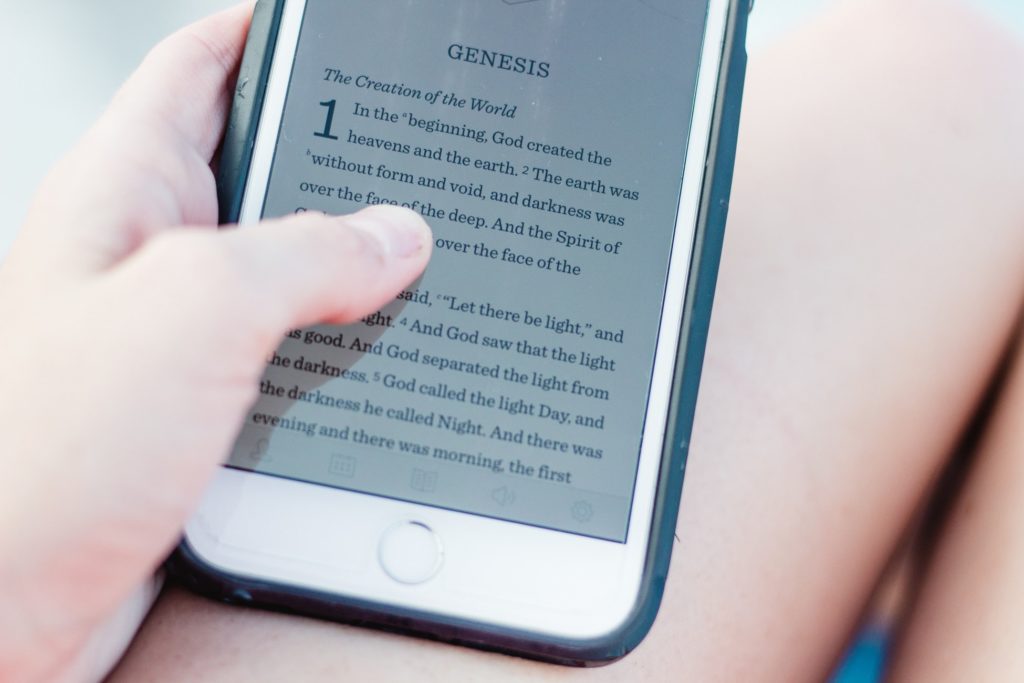
WHAT’S IT WORTH?
In 1839, when he was 30, Charles Darwin wrote: “I had gradually come … to see that the Old Testament from its manifestly false history of the world, with the Tower of Babel, the rainbow as a sign, etc., etc. and from its attributing to God the feelings of a revengeful tyrant, was no more to be trusted than the sacred books of the Hindoos, or the beliefs of any barbarian.”In his attack on the Bible, Charles Darwin referred to just the first 11 chapters of Genesis. His comments prompt several questions:
- What do the stories say and what did they mean?
- When and under what circumstances were they written?
- Is there any wisdom in them for us today?
AN ANTHOLOGY
The first point is that Chapter 1-11 are an anthology, written by different people. They include four very famous stories: the Creation of the World, Adam and Eve; Cain and Abel; the Great Flood and the Tower of Babel. The also include at least four different genealogies. The proof that it is an anthology is that it uses different names for God.
THE NAMES OF GOD
There are two main words for God used in Genesis.
1 ‘God’ translates the Hebrew ‘Elohim’, which is actually plural and means ‘gods’. A bit like the royal ”We are not amused” (Queen Victoria). ’Elohim’/God, was the name used in the northern kingdom of Israel at the time of the monarchy, 1,000 – 700 BCE, as seen in Book 2 of the Psalms, 42-83.
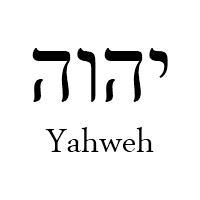
2 The other word ‘LORD’, in capitals, should really be written as ‘Jehovah’ or ‘Yahweh’. This was the word always used in the southern kingdom of Judah, see Psalms 1-41. Sometime in Jewish history religious leaders felt it wrong to speak the actual name of Jehovah, (or more likely Yahweh), so they replaced the vowels with those which went with the word Adonai meaning Lord. Wherever in the Old Testament you see LORD in capitals, it replaces the actual name of Yahweh/Jehovah. The Jehovah’s Witnesses are right!
Here are where the two words are used in Genesis 1-11:
- Genesis 1 Creation of the world Elohim
- Genesis 2 + 3 Making of mankind Yahweh-Elohim
- Genesis 4 Cain and Abel Yahweh (Elohim in 4.25)
- Genesis 5 Adam’s descendants Elohim
- Genesis 6.1-4 The Nephilim Elohim
- Genesis 6.5-8 Introduction to the Flood Yahweh
- Genesis 6.9 – 9.29 The Flood Yahweh + Elohim
- Genesis 11.1-9 The Tower of Babel Yahweh
It is clear that what we have here is an anthology of stories from both Israel andJudah. In this blog I will look at just the first three chapters
THE CREATION OF THE WORLD (1.1 – 2.4)
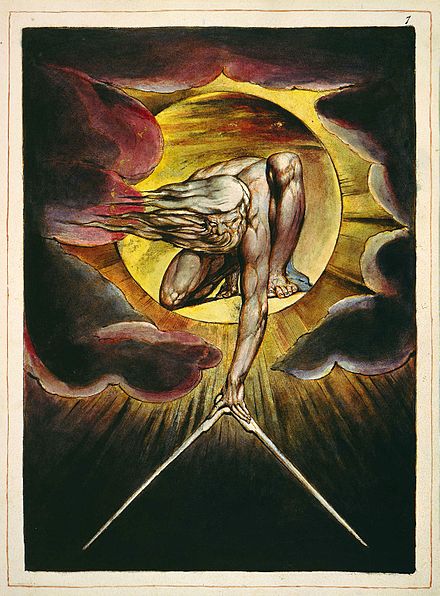
The Bible opens with a magnificent account of the gradual creation of the world and cosmos over six days. I have discussed this in the previous blog, showing that that it is written as drama, not science. Or rather, it is theology in the form of a story.
The story starts with a description of chaos – formless, empty and dark (1.1) God says, ‘“Let there be light”, and there was light.’ Then great deep is separated into the waters above and the waters below, followed by land and plants, sun and moon, birds and fishes, animals and humans. On day seven God has a rest.
Gerhard von Rad said in 1972: “To write out these 35 verses, Israel’s faith required centuries of carefully collected reflection.” (Genesis, p.63) I can’t see this myself. There must have come a moment when words were written down. I think it came about when the Jews were exiles in Babylon between 590 and 550 BCE and were faced with the elaborate and dramatic Babylonian religion and worship. We have their Creation epic. It describes how the world arose out of a fearsome conflict between the gods of chaos and Marduk, the gods of order.
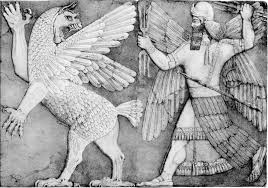
‘So they came together – Tiamat and Marduk, Sage of the gods. They advanced into conflict, they joined forces in battle… As she opened her mouth, Tiamat, to devour him, he shot there through an arrow, it tore into her womb… He slit her in two, like a fish in the drying yards. The one half he positioned and secured as the sky. He placed her head in position, heaped the mountains upon it, made the Euphrates and Tigris to flow through her eyes’ .
Man was an afterthought, made as a sort of robot slave to make life easier for the junior gods: ’Blood I will compose, bring a skeleton into being, produce a lowly, primitive creature. “Man” shall be his name. I will create an earthly puppet-man. To him be charged the service, that the gods may then have rest… ‘ (from the Babylonian Creation epic, ‘Bible in Brief’ p.38-39)
Perhaps Genesis 1 emerged as a counter-blast affirming Israel’s faith in one good God, not a multiplicity of warring earth gods and star-gods:
- “To whom then will you compare me,
- or who is my equal? says the Holy One.
- Lift up your eyes on high and see:
- Who created these?
- He who brings out their host and numbers them,
- calling them all by name…” (Isaiah 40.25-26)
Can it be meaningful to us? There are three crucial statements which can help us live well:
1 “God saw all that he had made, and it was very good.” (1.31) To believe that the world is basically good (including ‘ sea-monsters’ – 1.21) means that we really can live with ‘an attitude of gratitude’. And modern science is grounded on the belief that the universe is ordered and reliable, not just a chaos. It is what makes science possible.
2 On the sixth day, “God created man in his own image … male and female he created them.” It surely means that we all, men and women have enormous dignity, and are fundamentally capable of living in relationship with God.
3 “On the seventh day he rested” or “stopped working”. In other words, rest is good. Even God is not a workaholic!
2 Adam and Eve – Chapter 2 (v.4-end)
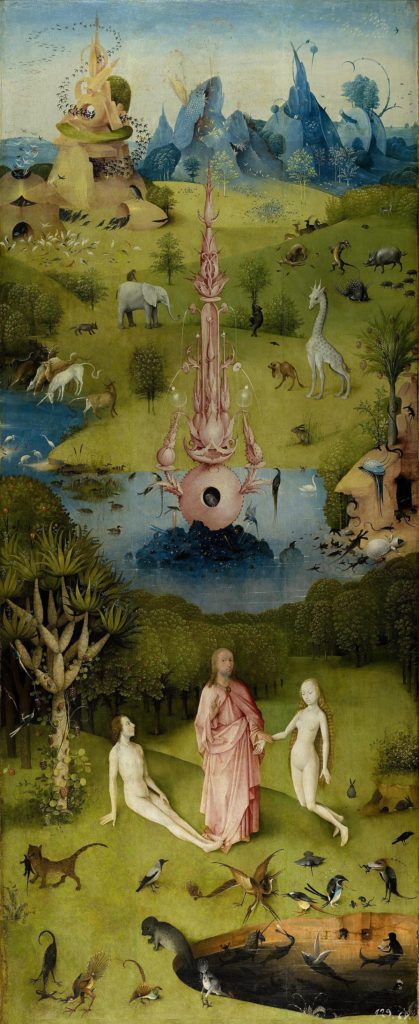
Chapter 2 reads like a compilation of at least four different stories.
(i) In an alternative creation story, life arises not from water (1.3), but from the desert: “No plant of the field was yet in the earth … for the Lord God had not caused it to rain upon the earth …; but a stream (or mist) would rise from the earth, and water the whole face of the ground…” The climax is when the LORD God (Yahweh-Elohim) forms man (‘adam’) from the dust of the ground (‘adamah’) and creates a wonderful pleasure garden full of trees, surrounding the tree of life and the tree of the knowledge of good and evil, whose fruit man is forbidden to eat. (2.8-9, 15-17) (Do the two trees indicate that there are two stories combined here?)
(ii) Inserted in the story is the location of the garden, at the headwaters of four rivers, including the Tigris and the Euphrates. (2.10-14). David Rohl has argued that it lies to the west of the Caspian Sea, in the Quru valley, site of the city of Tabriz, north-west Iran. (Legend 51-62) It’s possible.
(iii) The LORD God realises that “It is not good that man should be alone” (2.18-20), so he first makes all the beasts of the field and birds of the air, and the man names them all.
(iv) Yahweh-Elohim finally (2.20-25) does an operation on Adam, making a woman out of one of his ribs. The man is delighted with the result! They “were both naked, and were not ashamed.” (2.23-25)
Is there any wisdom here for us? Absolutely! “It is not good that man should be alone” (2.18) is a fundamental truth about humans, whatever their sexuality. Jesus himself quoted ‘Therefore a man leaves his father and his mother and clings to his wife, and they become one flesh.’ when talking about marriage. And our sexuality is not of itself a source of shame.
(A rabbinic comment is that God did not make the woman out of a bone of man’s foot that he should dominate her, nor from a bone of his head, that she should dominate him, but out of a rib, so that she should be closest to his heart).
3 Adam and Eve and the Snake – Chapter 3
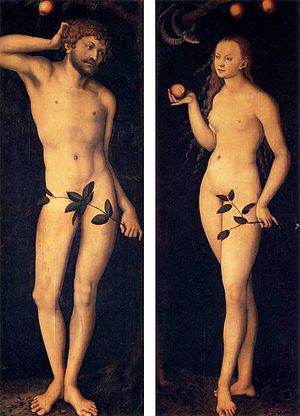
The story of Adam and Eve and the snake is a masterpiece. Even though the rest of the Old Testament does not refer to it, the story of the eating of the forbidden fruit and the banishment from the garden has been basic to Christian theology from Paul in Romans 6 to the teaching of St Augustine. Sadly, the idea of Original Sin has locked much of the Church, particularly in the West, to a lifestyle of guilt. The recent book “Humankind” offers a cou nter-emphasis on Original Virtue. But Genesis 3 itself simply describes what human life is like, in the form of a story which is a highlight of world literature.
From brief reports of man’s development in chapter 2, we come to a highly dramatic scene with long and detailed dialogue. It describes the whole of human life – temptation, attraction, ambition, guilt, shame, the blame game, sex and work “by the sweat of your brow”. While Michael Ramsey was Archbishop of Canterbury (1961- 1974), there was a big theological debate within the Episcopal Church on original sin. When Michael Ramsey flew to the US, he was greeted on the tarmac by reporters asking him, “Archbishop, do you believe in original sin?” He replied, “Believe in it? I’ve seen it!”
Note 1: In Genesis the snake is just a snake, just as in folk tales around the world. It was only Christian theologians who equated the beast with the Devil. Poor snake.
Note 2: The forbidden fruit was not an apple. This was a misunderstanding from the Latin translation, because in Latin ‘malum’ means both ‘apple’ and ‘bad’. General Gordon thought the fruit in question was the coconut palm from the Seychelles. We don’t know what it was.
Note 3: It is not history. The earliest human remains go back 300,000 years. The point of the story is not what happened then, but what happens now.
Around 2001 I led a Bible study in the vicarage at Hackbridge on Adam and Eve. In the lily-livered custom of vicars, I said that no one is quite sure how to take this passage, whether as history or not. My six-year-old stepson Peter piped up, “Oh, that’s easy. It’s a parable!”
As a parable, not history, it teaches us a) to take responsibility for our actions, and b) that God is not indifferent.
WHO WROTE IT?
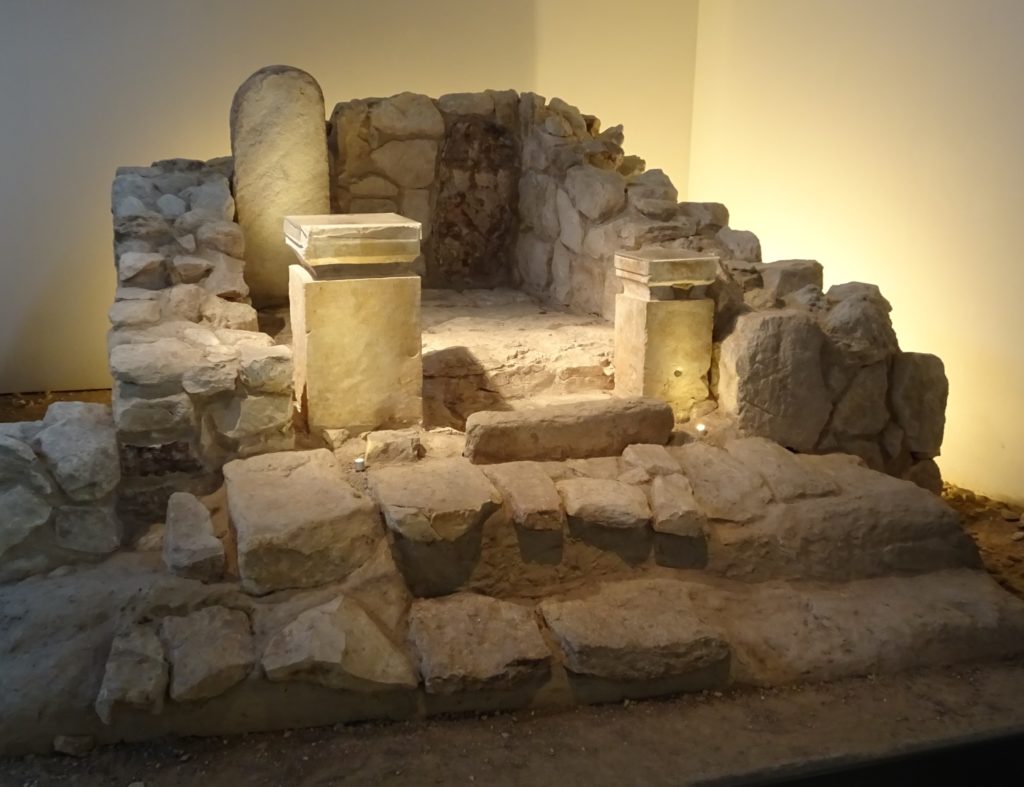
Von Rad says, “we have reason to believe that he (the Yahwist) wrote at the time of Solomon or a little later.” (Genesis p.16) I think I can reveal who actually wrote this amazing story and others. He was Jehoshophat son of Alihud. The clue comes from the consistent use of ‘the LORD God’, or ‘Yahweh-Elohim’, throughout these two chapters, thus combining the southern and northern names for God. There is only one other occasion in the first five books of the Bible where this formula is used (von Rad p.77). Why should this be? The only time when this verbal compromise would have been necessary was during the united monarchy of Judah and Israel under David and Solomon, c. 1000 – 950 BCE. The natural person to write it would have been the court recorder. Jehoshophat son of Alihud, was recorder under both kings, the only member of David’s court to survive Solomon’s power grab (cf 2 Samuel 8.15-18 and 1 Kings 4.1-6). The same man would have written the dramatic stories of David and Bathsheba and of Absalom’s revolt. The Shakespeare of the Old Testament?
Don’t miss the next week’s blog, ‘Prehistory Part 2 – the First Murder, the First Civilisation, the Great Flood’
Bibliography
- Genesis – G von Rd
- Genesis – S H Hooke (Peake’s Commentary)
- Legend – David Rohl
- Documents from Old Testament Times, ed. D Winton Thomas
